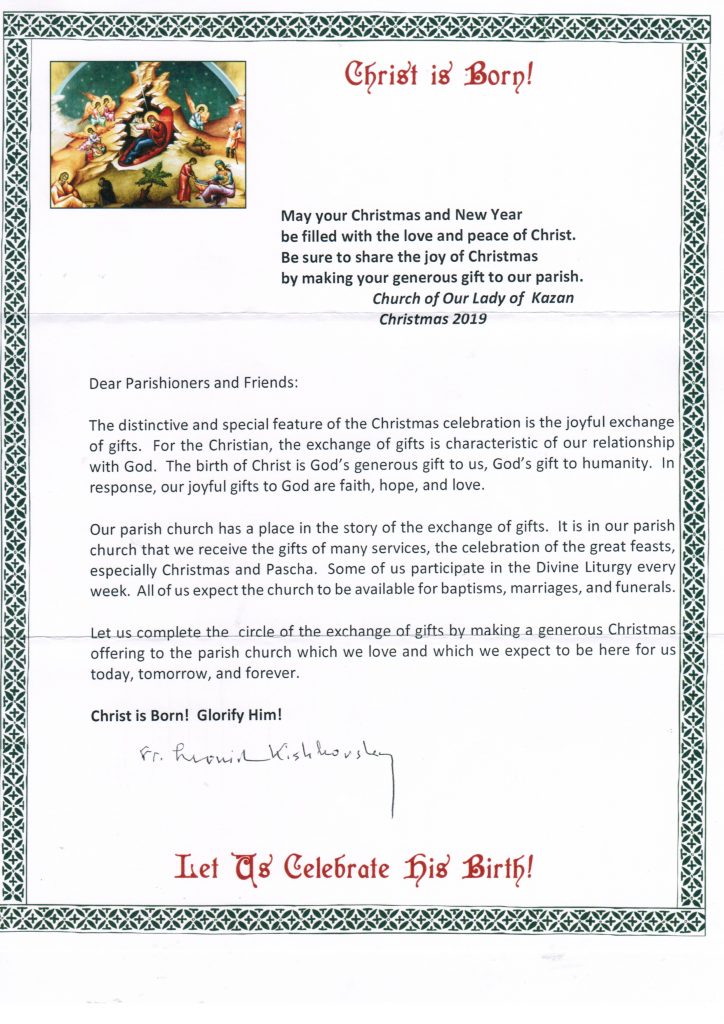In the Orthodox Church, bishops, priests, deacons and altar servers wear special clothing during the services These special clothes are called vestments. They are usually beautiful and ornate. The vestments of bishops are especially ornate. There is a reason for this. After the fall of the Byzantine (Eastern Roman) empire the bishops began to wear vestments which only the emperor could wear before the fall of the empire. This requires some explanation. When people talk about the fall of Rome, they are usually speaking of the deposition of Emperor Romulus Augustus in 476 AD. But this was the end of the empire of the West. However, there was also an Eastern Roman empire centered in Constantinople (now Istanbul). The relocation to Constantinople was done by Emperor Constantine, the emperor who legalized Christianity. The Byzantine or Eastern Roman empire continued until 1453 when the Ottoman Turks conquered Constantinople. So an Orthodox Christian empire fell and an Ottoman Muslim empire was established in its place. After this the Orthodox bishops started wearing some of the special clothing the emperor used to wear.
The most notable of these vestments is the mitre, a special hat for bishops (and in the Russian church certain priests are given a mitre, as well). The mitre is simply the crown the emperor used to wear. Why did this happen? Were the bishops trying to make themselves more important or to show off? The answer to this is probably no. We have to remember that the Roman empire with all its faults, was a Christian empire. The whole society, from emperor to peasant, was Christian. In America, church and state are separated and church membership is seen as a personal choice. But this is not how it was in the Roman empire. The empire was a Christian commonwealth until the capture of Constantinople by the Turks. Christians became, at best, a tolerated minority and sometimes a persecuted minority. The vestments of the bishops showed that the ancient Christian community still survived, although now in a difficult position. In the absence of the emperor the bishops took on the role of leading that Christian community.
In addition to the bishop’s vestments, bishops use two special candle holders to bless the people. They are call dikiri and trikiri. The trikiri has three candles and the dikiri have two candles. These candle holders have great significance. The trikiri, which means three candles, points to the Orthodox dogma that God is one and three, one nature and three persons: Father, Son and Holy Spirit. The dikiri with two candles signifies the dogma of Christ’s two natures, human and divine.
Someone might ask why we have so many candles in church. In the days before electric light one needed candles, but we no longer use candles for illumination. So why are they there? The symbolism of light and dark is something that exists in all cultures and religions. Darkness is associated with blindness, gloom, danger, death and despair. Light is the cure for these things. Light drives away the above-mentioned negative conditions. Light is associated with God. We see this over and over again in the Bible. In the first book of the Bible, Genesis, right at the beginning of creation
“…God said, “Let there be light”; and there was light” (Gen 1:3)
God guides us with His light during our life’s journey.
“Thy word is a lamp to my feet and a light to my path” (Psalm 119:105)
Fr. John

